The Reimagined Kaleideum
The reimagined Kaleideum — at nearly 70,000 square feet and four stories filled with exhibition galleries and an expansive rooftop — opened February 2024. The building is inspired by the geometric forms and triangulated shapes captured in a kaleidoscope and is grounded in the idea of experiencing spaces and places from diverse perspectives.
PLEASE NOTE: The Rooftop Adventure exhibition will not open until Summer 2024.
Here’s a look at what to expect!
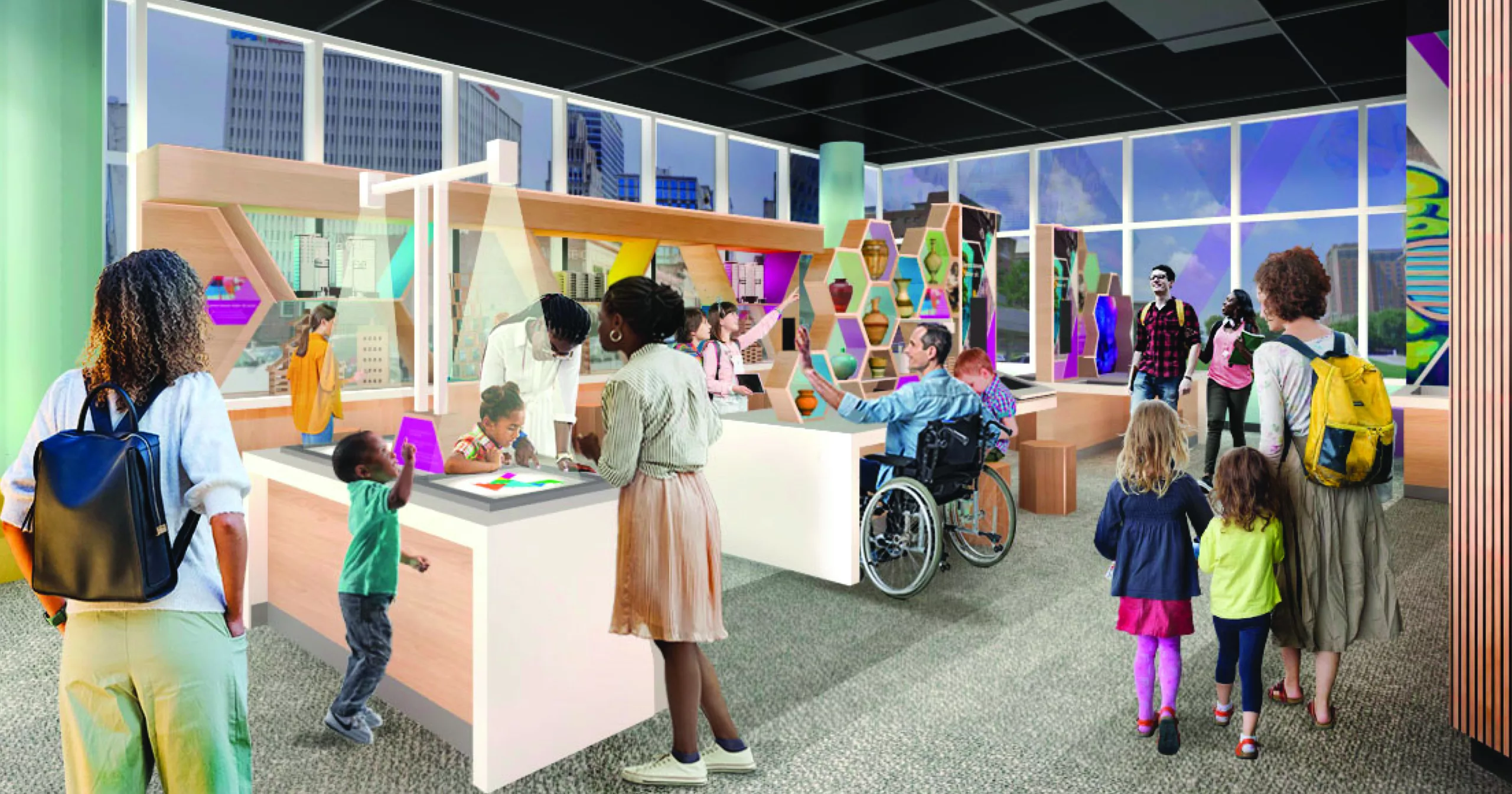
By Design
Construct a building, craft pottery, model furniture, code a dance routine, or design a tattoo. Dream about how you will leave your mark on our city, county, and beyond!
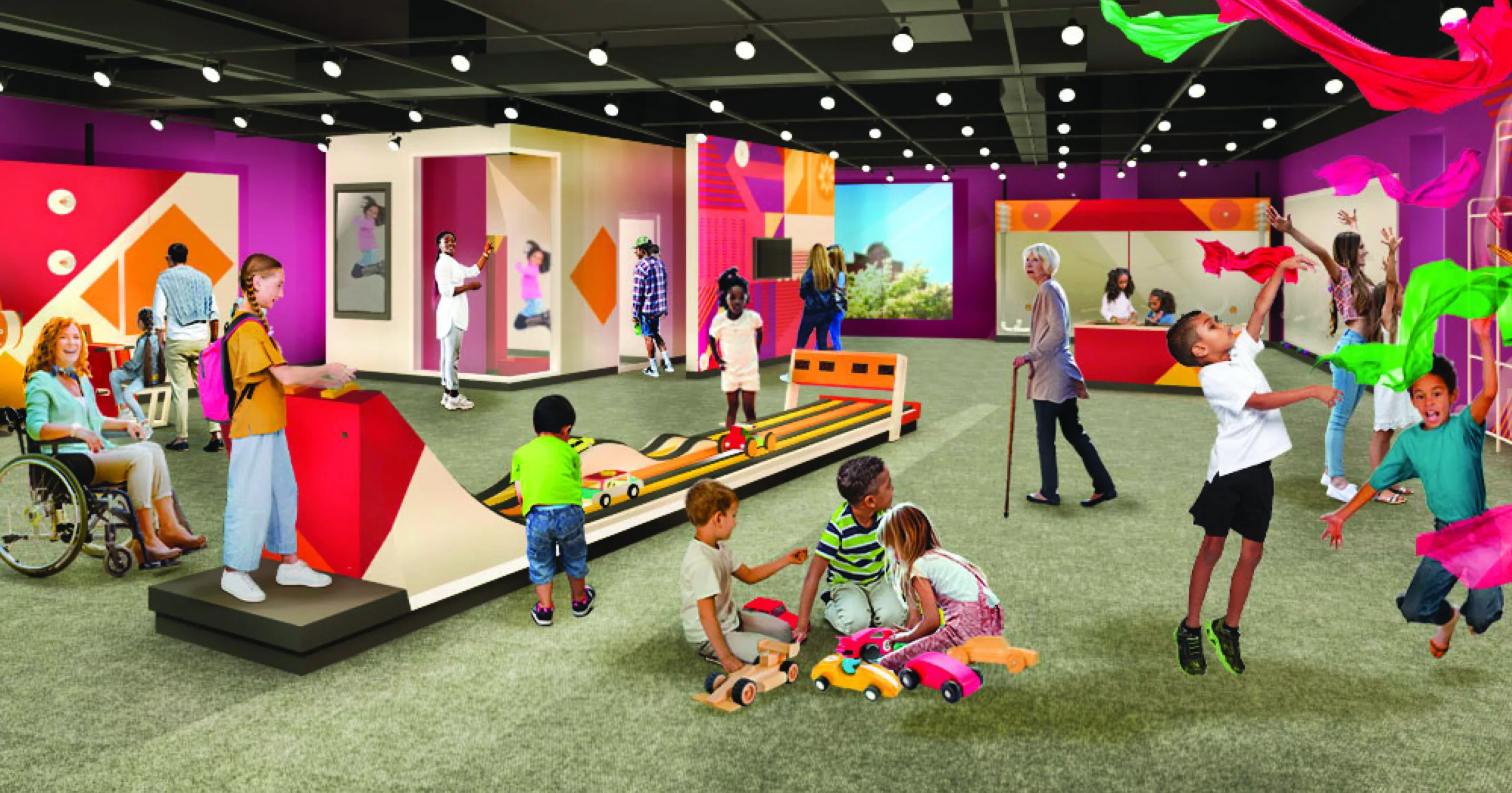
In Motion
Engineer a roller coaster, explore kinetic movement in motion capture labs, build a race car, or ride a bike to generate electricity. Get energized by learning about the physics behind the way things move.
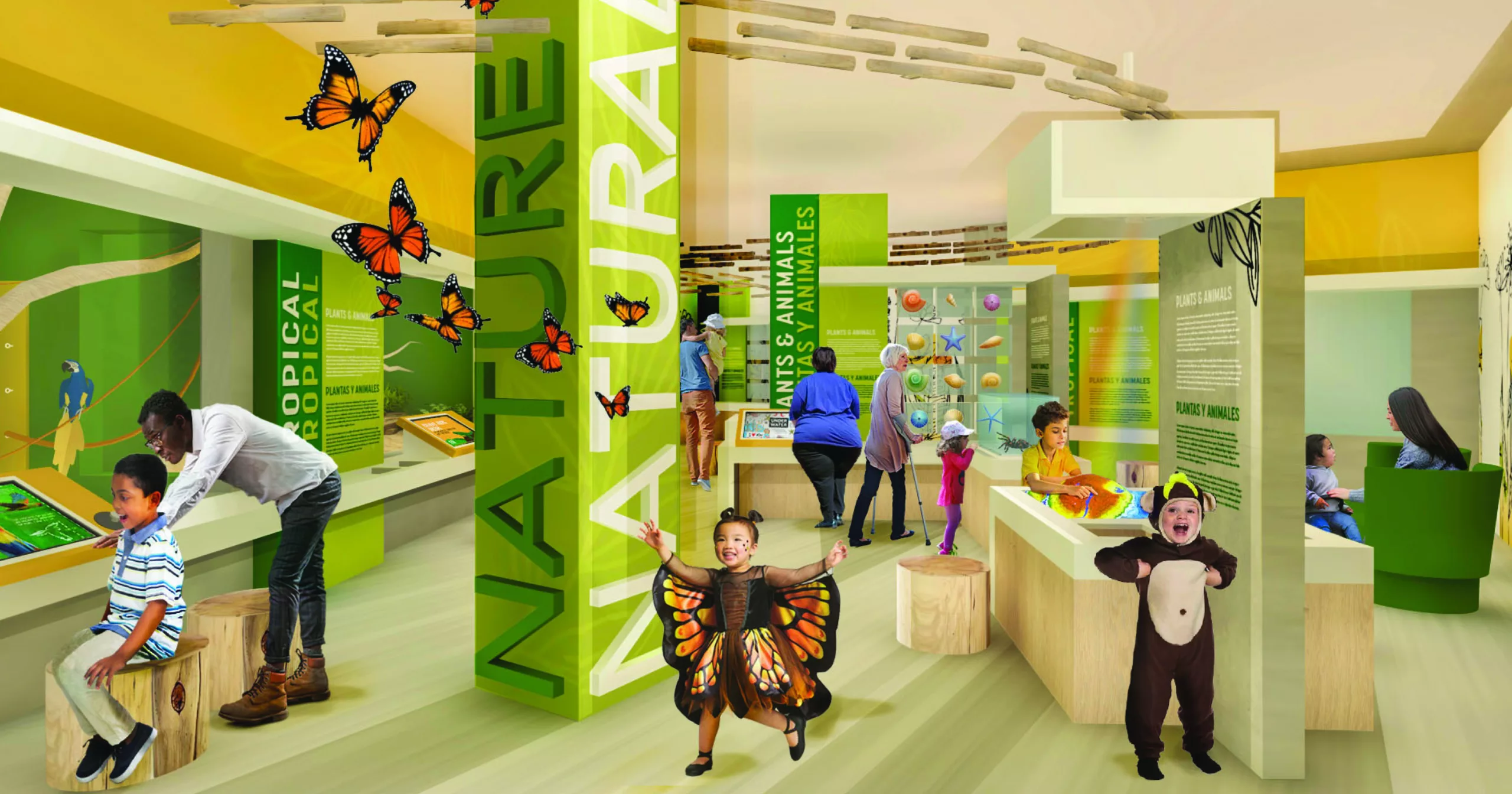
Our Nature
Zoom in on bird feathers or reptile scales, explore time- lapse videos of natural processes, and pretend you’re a wildlife veterinarian. In Our Nature, you’ll be surrounded by animals and nature as you investigate the constant change and surprising connections among life on Earth.
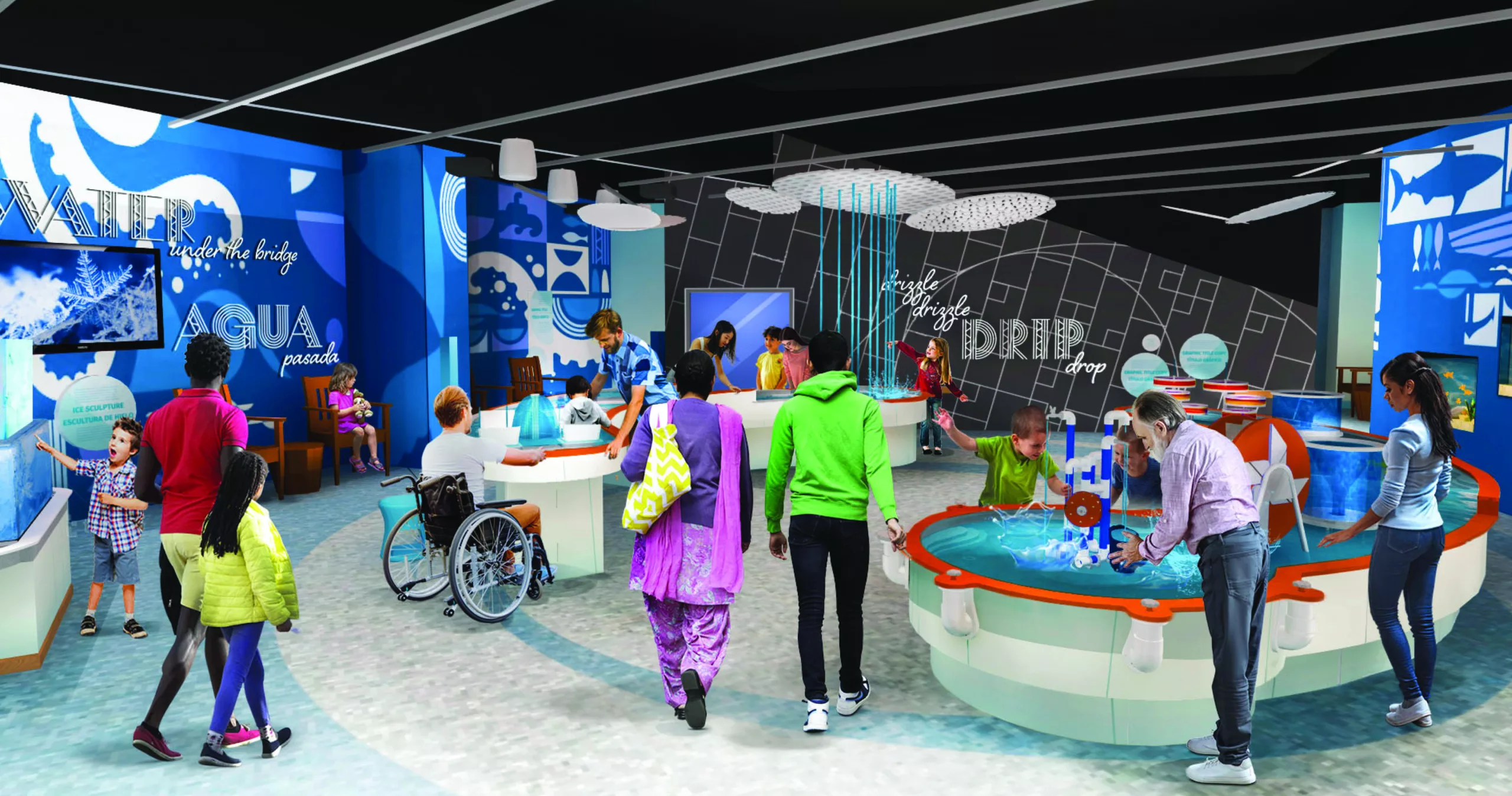
Wonders of Water
Experience water in all its wonderful forms by controlling a waterfall, sculpting an ice block, and playing with light in a tunnel of fog. Color your own fish and make it swim in a digital aquarium, see live fish, and paint with water on a slate wall. The water is recycled and treated, so this is one place where it’s OK to let the water flow!
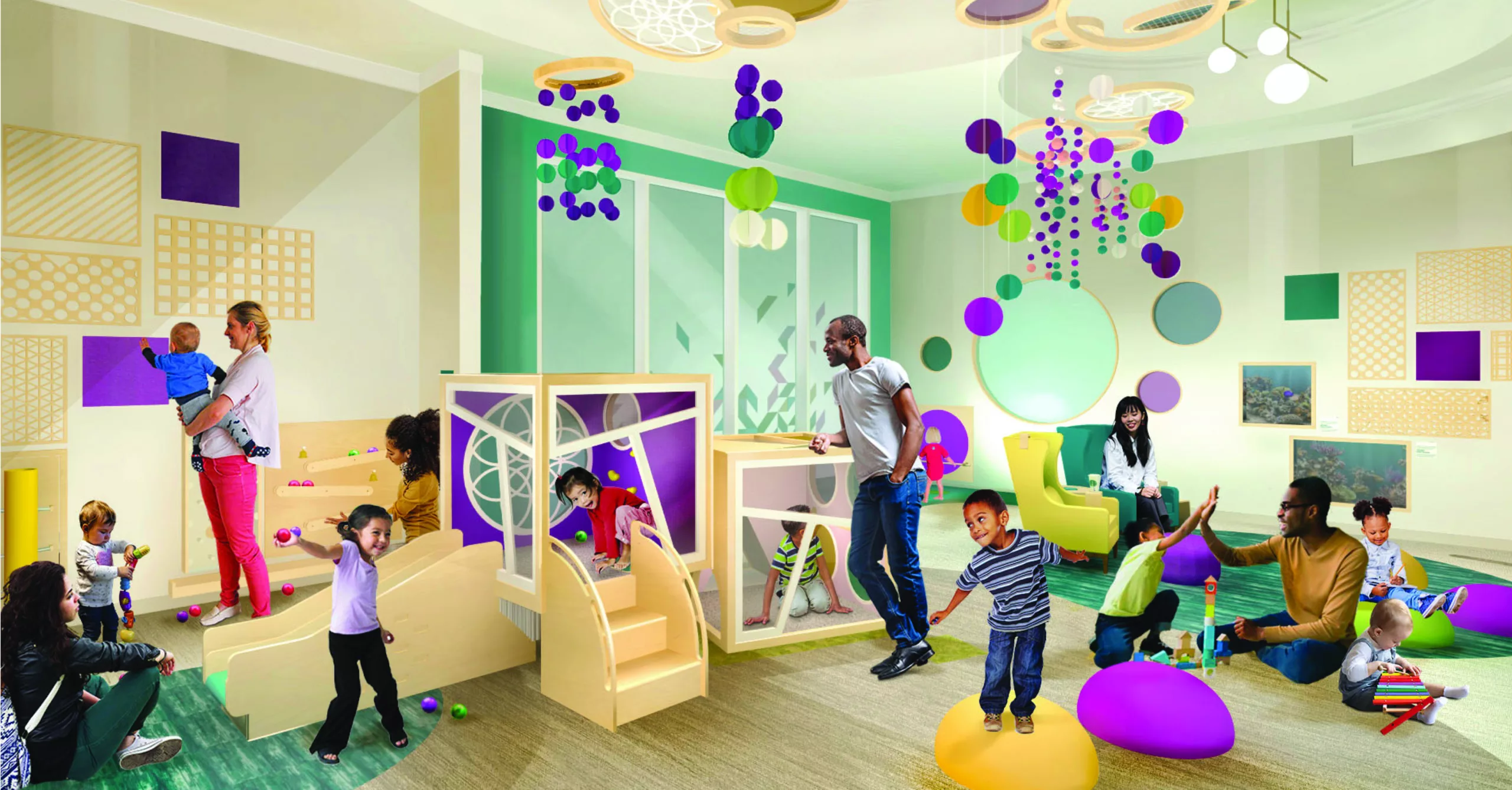
Little Learners
Toddle into a cozy play-space for babies, crawlers, new walkers, and their caregivers. With a right-sized slide, play mats for tummy time, live fish, and comfy chairs, this is a relaxing space full of natural light and soft surfaces.
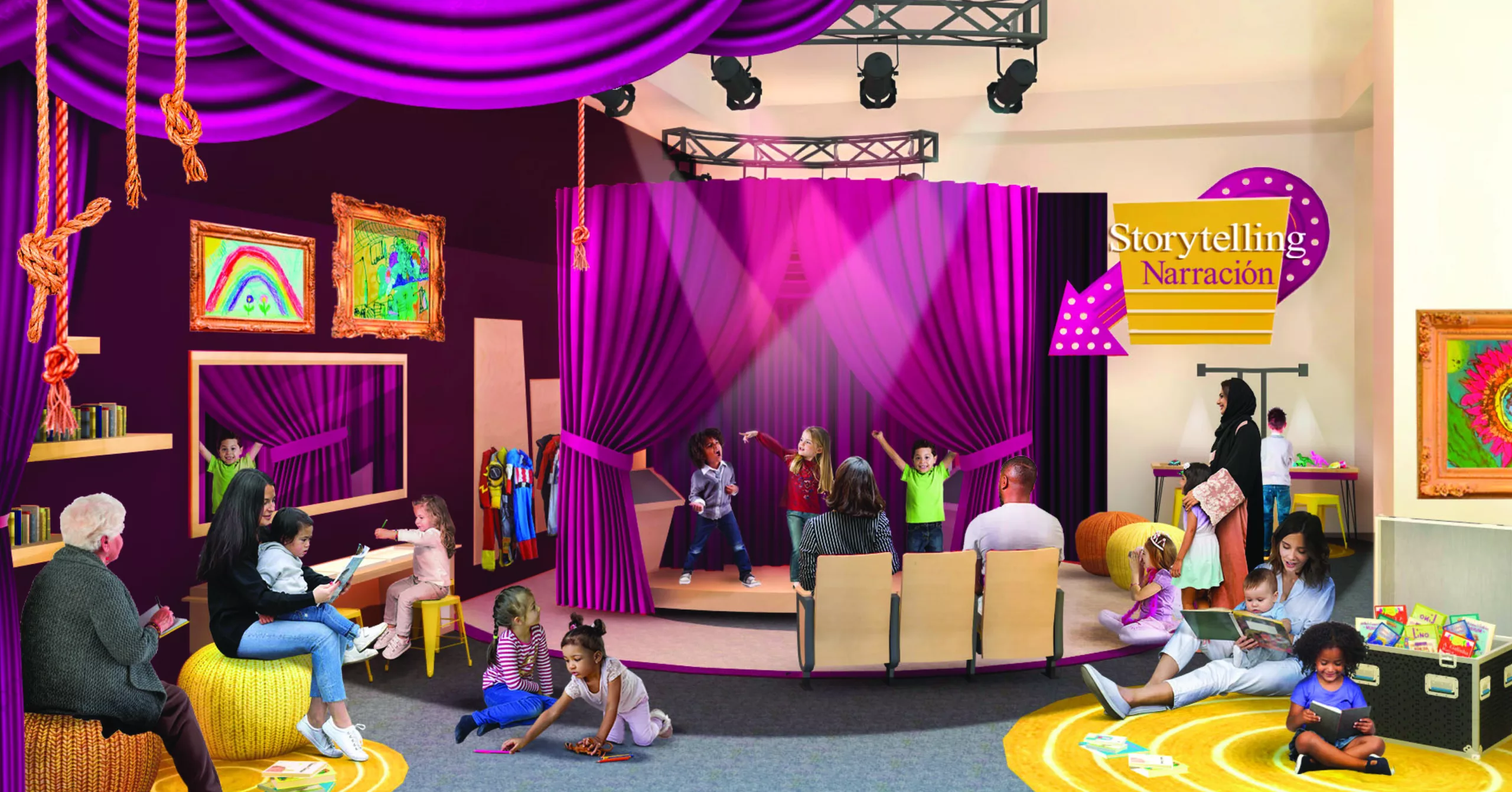
Storytelling
Create an animation, tell a tale with shadow puppets, invent sound effects, and practice the science of reading and phonetics with a letter-munching dragon. Experience the transformative power of telling your own story as you are transported to new worlds.
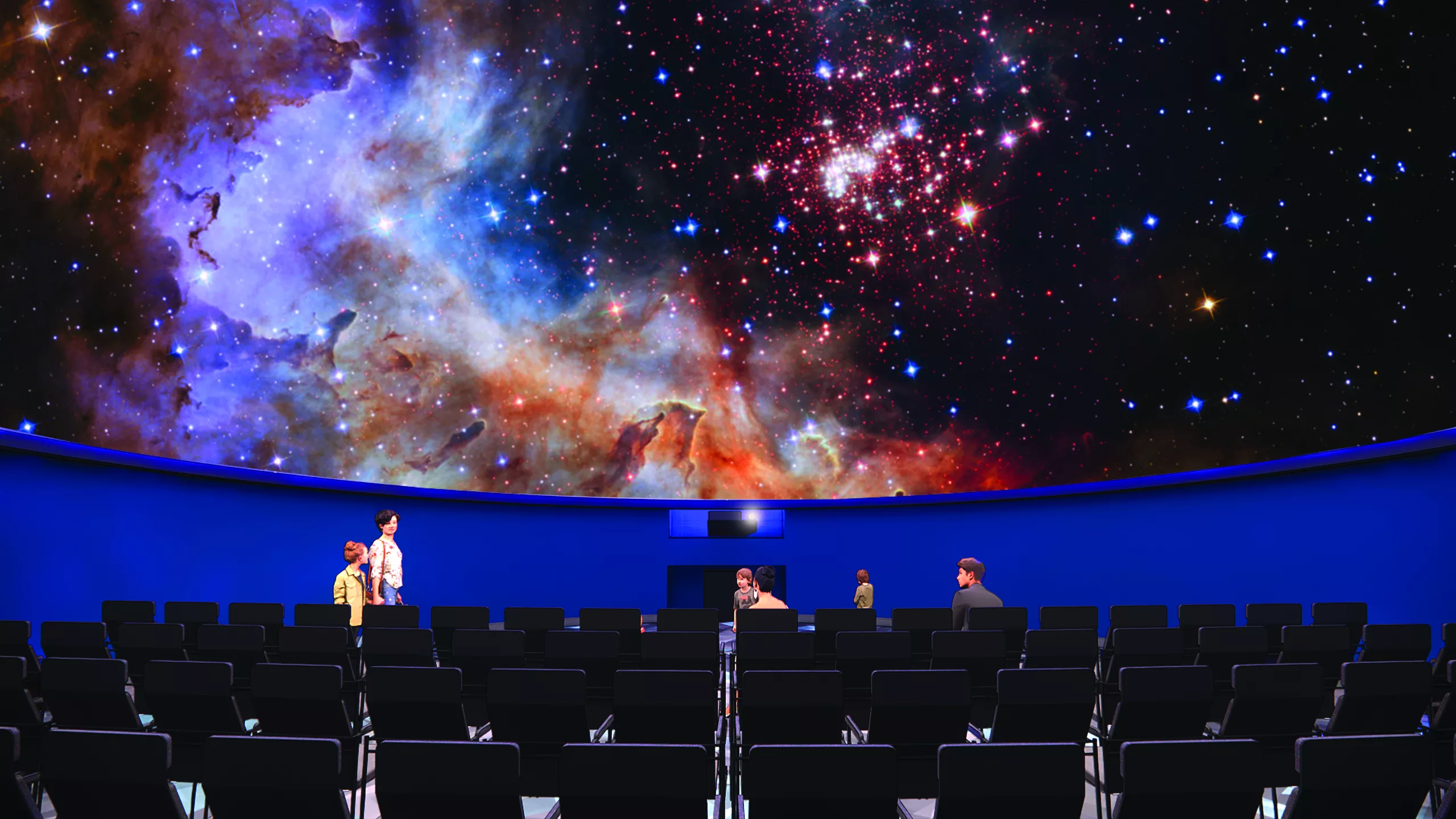
Digital Dome
Travel through space, tour the human body, explore Earth’s geography, experience a laser light show, or dive into an immersive movie. In this learning environment, you’ll go places you never imagined and feel like you are actually there!
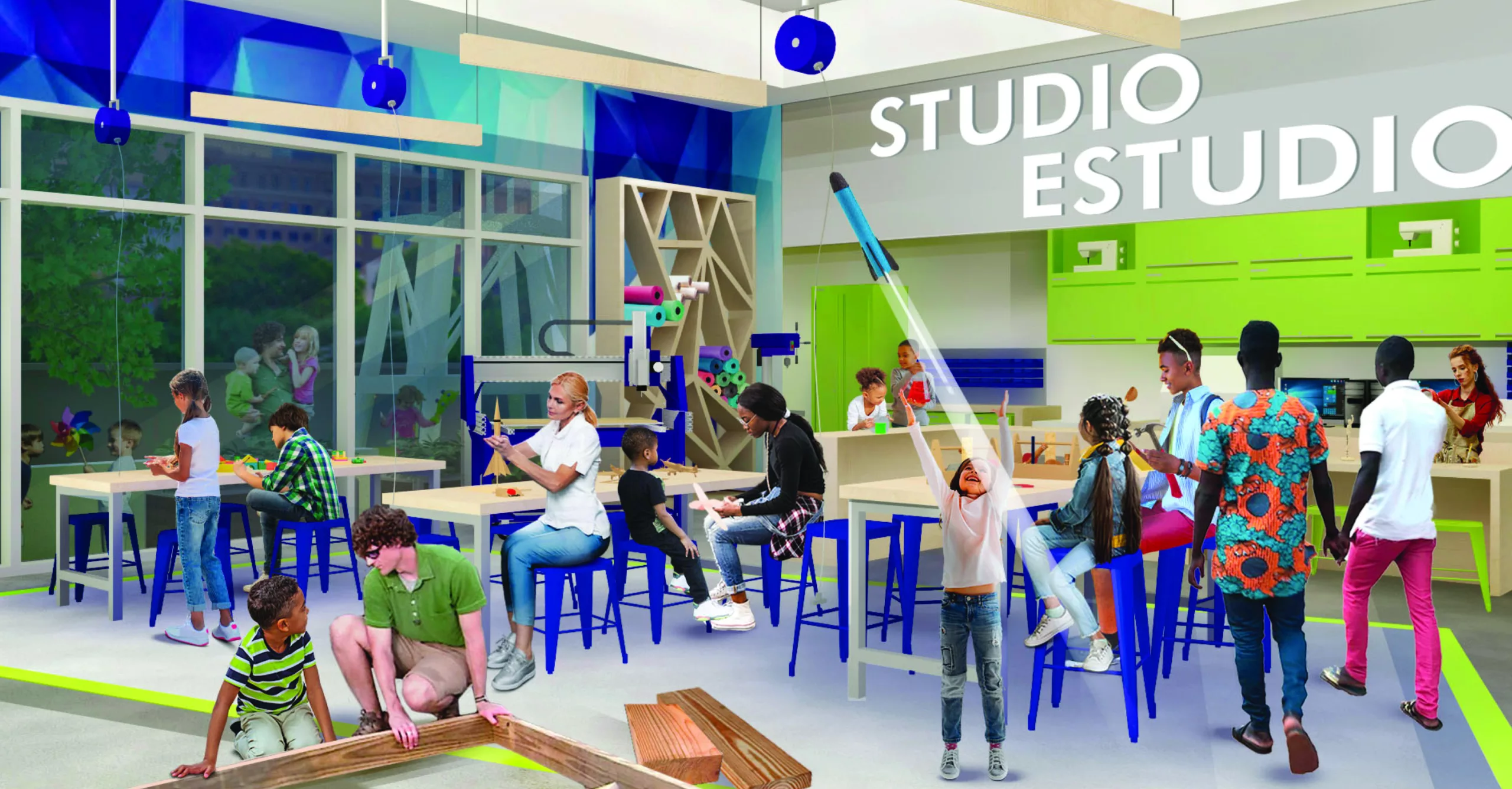
Try it! Studio
Imagine, try, fail, modify, hack, iterate, collaborate, invent, create, and just have fun! Experience all of this and more in this changing space with activities such as painting, construction, theater, robotics, ceramics, sketching, and so much more!
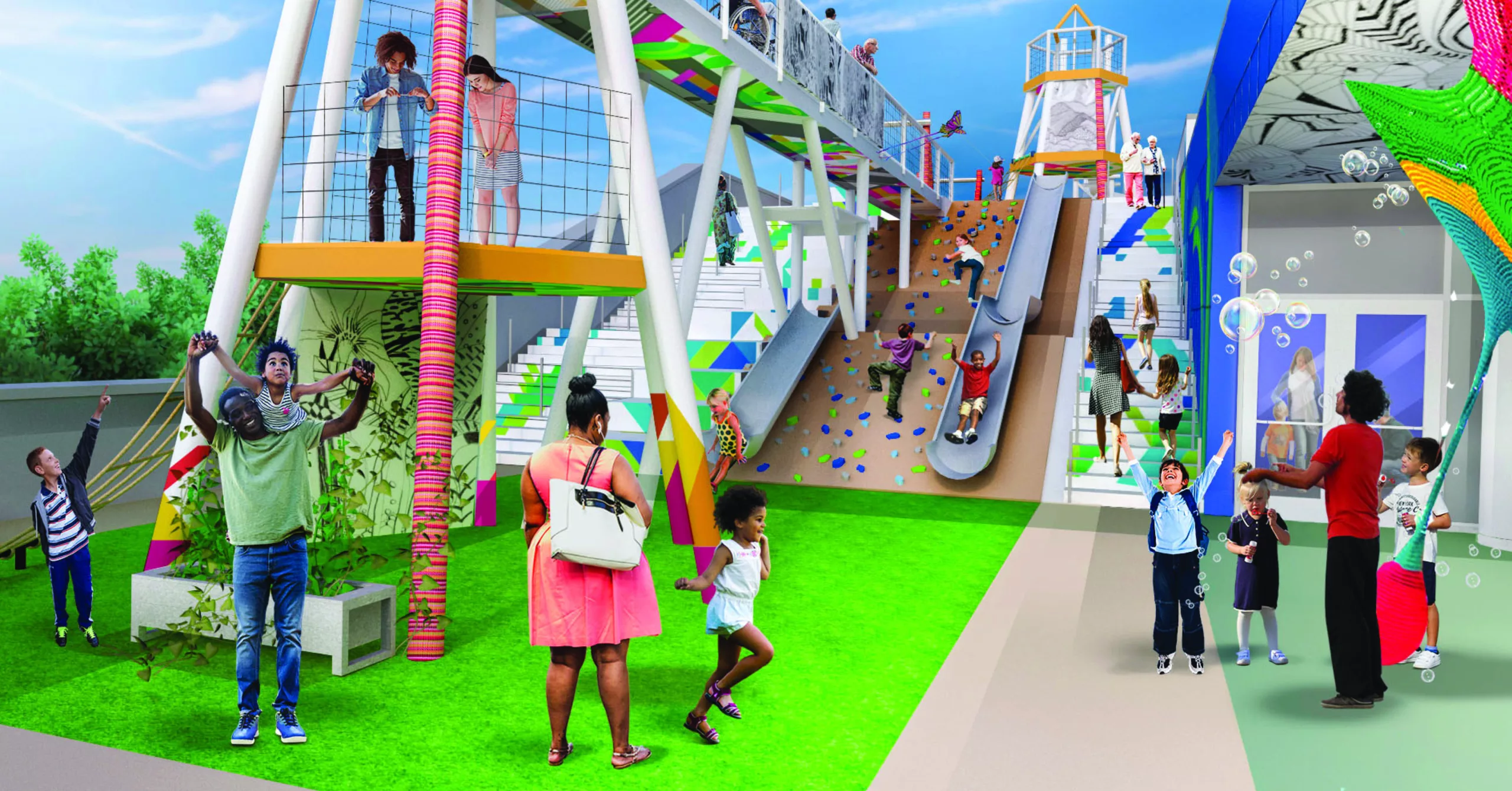
Rooftop Adventure
OPENING SUMMER 2024! Climb the one-of-a-kind play structures and stand on the top of our city! A bridge makes this expansive experience accessible to all. Use the rooftop track as you take in the city’s skyline. Spin on cocoon swings or travel down a slide. Rooftop Adventure delivers play and rejuvenation for children and adults alike.
